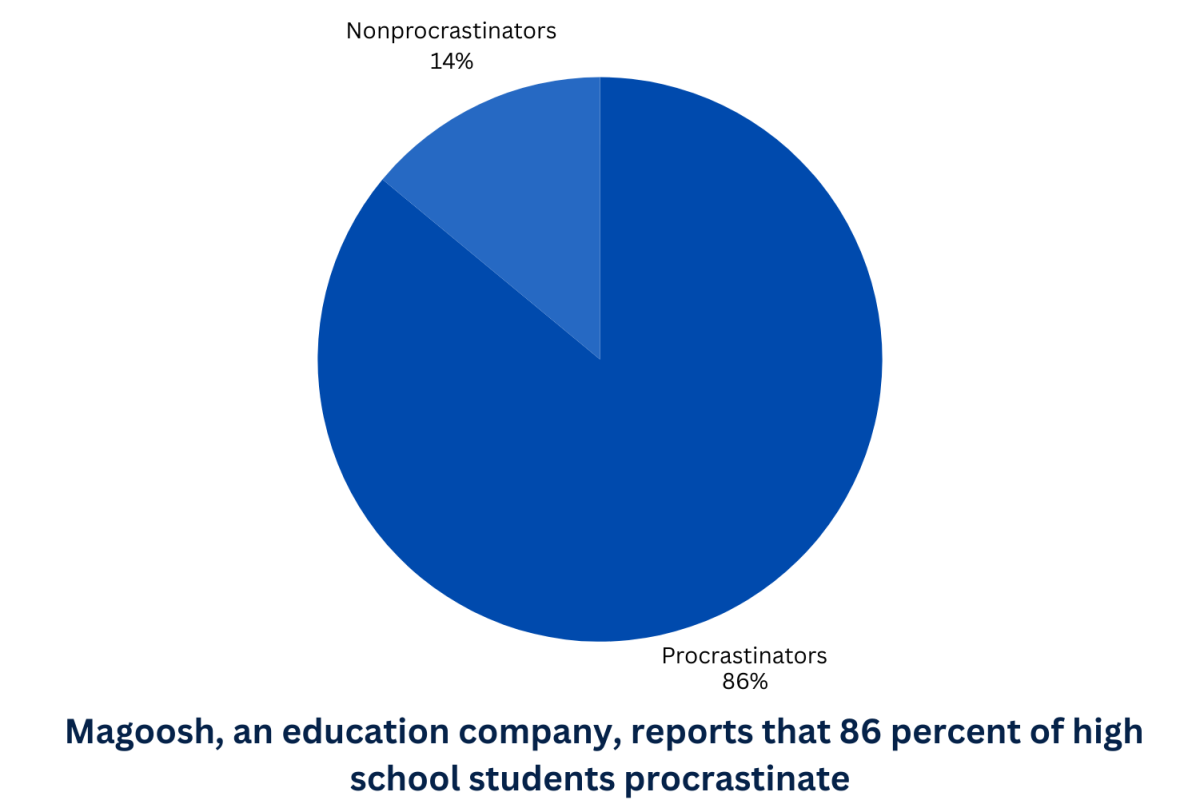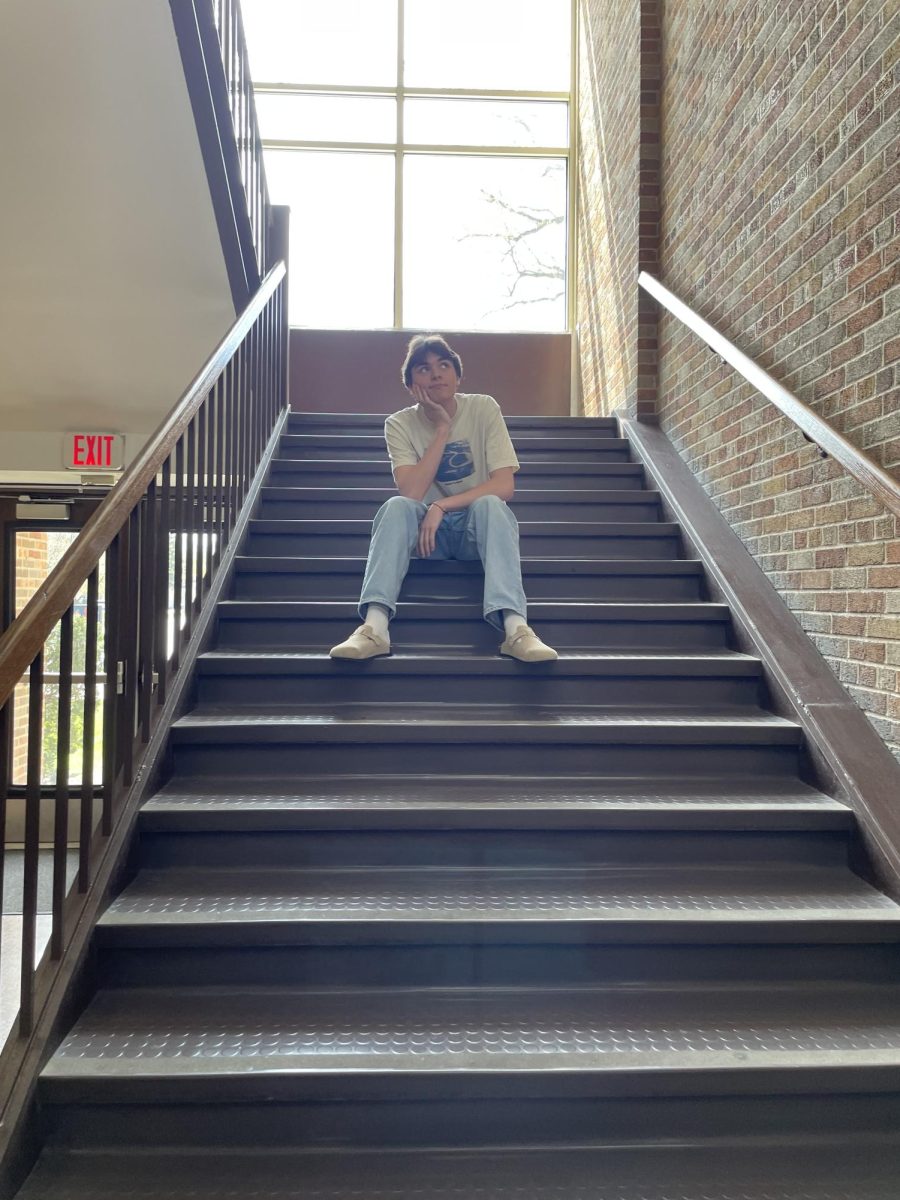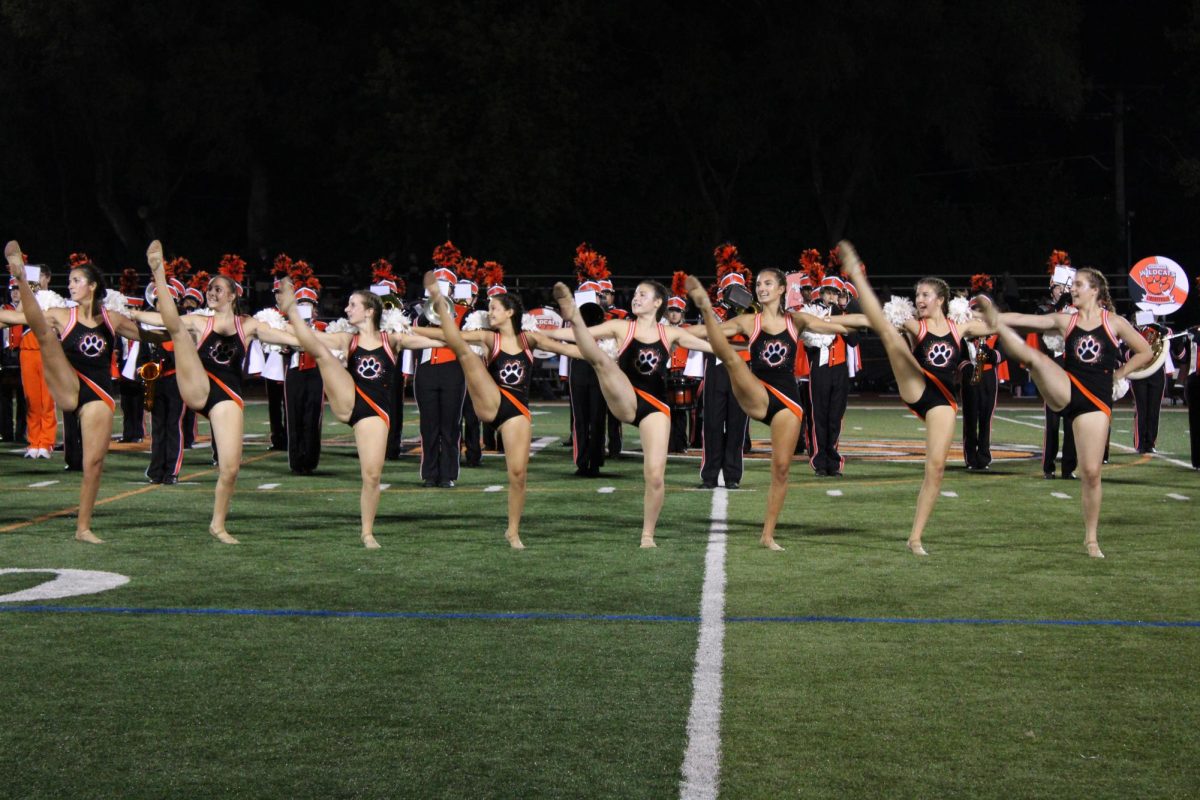Note: A picture that was included with this story when it was originally posted has been removed.
The Supreme Court of the United States heard oral arguments on Tuesday, April 28, from lawyers representing the interest of their clients, but on a broader level, they represented the views that many Americans espouse on the question of whether gay marriage should be a legal right in all 50 states.
The case arose from a same-sex couple in Ohio who had traveled to Maryland in order for their marriage to be legally conducted, but upon arrival at the state they called home, they were denied that status. The rights that are inclusive of partnership in marriage, such as social security benefits to individual retirement accounts, are among the benefits the government provides to married couples — benefits that are nonexistent to some based on the nature of their marriage.
However, the idea to sue the state of Ohio for discriminating against his marriage did not stem from a desire for those economic benefits; it came from a desire to have his marriage recognized as legitimate and the dignity associated with that affirmed. Jim Obergefell and his husband, John Arthur, were married for 21 years. Arthur died of ALS (amyotrophic lateral sclerosis), and his husband has continued the legal battle to ensure that no couple is discriminated against — a goal that now faces nine judges, and a goal that could impact the lives of millions of Americans.
The court’s members issued two questions to the plaintiffs: does the 14th Amendment require a state to license a marriage between two people of the same sex? And does the 14th Amendment require a state to recognize a marriage between two people of the same sex when their marriage was lawfully licensed and performed out-of-state? The two questions set up the basic premise of how the court will approach the case; the 14th amendment — which was established during the age of Reconstruction, right after the end of the Civil War — guarantees the rights of citizens, particularly the notion of equality before the law. Landmark cases such as Roe v. Wade, Bush v. Gore, Brown v. Board of Education, and Plessy v. Ferguson have all been settled on the basis of equal protection under the law. Furthermore, the precedent in expanding rights to the disenfranchised has been characteristic of the court’s behavior since its conception.
“I would love to see the court rule in favor of that; that to me would be monumental. It would be the step we need to go in order for this civil rights issue to finally be rectified,” commented Ms. Dyan Naslund, an AP literature teacher at LHS and the advisor of the Gay-Straight Alliance club at school. “I think the Supreme Court, as an entity, representative of the United States could definitely set a tone at least to other countries in the world to look at us and say that’s really awesome. That that country — the land of the free — truly is the land of the free,”
When change is impeded by cultural reservations or irrational fears stemming from the staleness of the status quo, it is the responsibility of the courts to assume the role of protectors of the right of the minority. When the majority legislates on behalf of the entire community, it must still uphold the basic civil rights of its citizens; nothing less can be expected from an entity as respected as the Supreme Court. Look at Loving v. Virginia, where the court affirmed the right of interracial marriage. The majority consensus at the time (1967) was that marriages in between two different races was unacceptable…and in fact, illegal.
Chief Justice Earl Warren penned, “ Marriage is one of the ‘basic civil rights of man,’ fundamental to our very existence and survival…To deny this fundamental freedom on so unsupportable a basis as the racial classifications embodied in these statutes, classifications so directly subversive of the principle of equality at the heart of the Fourteenth Amendment, is surely to deprive all the State’s citizens of liberty without due process of law.”
The similarities in between the two cases are too clear to deny. If it is well-established that marriage is paramount to human rights, and that human rights are for humans regardless of sexual orientation, then where is the degree of separation when it comes to connecting the two? In Loving v. Virginia, the minority group did not have a voice that was loud enough to protect it in the legislative branch. It had to be the courts that affirmed the civil rights of the minority even if it was against the will of the majority. In both cases, the 14th amendment is being used as a keystone in achieving the rights of the disenfranchised, and the idea of human dignity has constantly been brought up by swing-vote justice Anthony Kennedy. And in both cases — if the rights of same-sex couples are protected — the court will have completely bypassed the legislative branch.
“I think it’s also appropriate that a court do this because it is a matter of constitutionality. It’s not a matter of new legislation, it’s not a matter of we want this new law, we want this new amendment proposed, which I think would be legislative. It’s more of an interpretation of the constitution, which is the court’s job,” noted Ms. Naslund.
Whether the courts decide to uphold constitutional bans on same-sex marriage or strike them down will be determined later this summer. Both sides have a stake in the matter, but the prevalence of the issue won’t be swept aside by a court decision; old fears will linger, discrimination will endure, and acceptance will be slow for some. However, the court can amend the cultural tone of the populous, affirming the notion of equality before the law, and securing the rights of same-sex couples in the United States.














